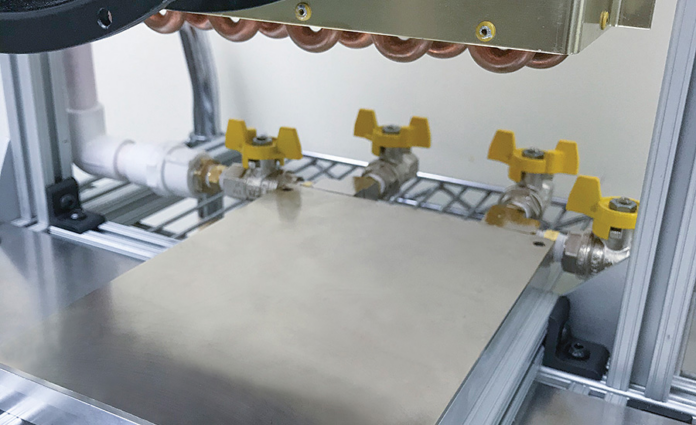Aluminum heatsinks are one of the most popular types of heatsinks on the market today. They are used in a variety of applications, including computers, consumer electronics, and industrial equipment. There are many advantages to using aluminium heatsinks over other types of heatsinks.
Aluminium is highly conductive to heat
Compared to other materials, aluminium is highly conductive to heat, with a coefficient of thermal conductivity of 204 W/mK. However, pure aluminium is not as conductive as copper, and it can easily deform when heated. As such, aluminium heatsinks require an alloy to ensure excellent thermal conductivity and long life. Copper is superior in terms of thermal conductivity, but it does not have the advantages of light weight, low price, and high thermal conductivity that make aluminium an excellent choice.
Aluminum heat sinks can be made in various shapes
Aluminium is a lightweight alloy and its extrusion process means that it can be manufactured in a wide variety of shapes. Its low density allows it to be processed into parts with a variety of shapes. Moreover, aluminium can be shaped into many different shapes, including cylinders, squares, and other complex shapes. Additionally, it is highly corrosion-resistant and weighs half as much as copper.
Aluminum heatsinks are the perfect choice for high-performance electronic equipment. While they do not last forever, they are extremely durable and resistant to bending and deformation. Aluminum is much lighter than copper, steel, and cast iron. In fact, aluminum heatsinks are so light that they are one-eighth of the size of a standard copper radiator. Aluminium heatsinks are also much easier to install, which reduces labor intensity and installation time.
Aluminum is the perfect choice for heat sink materials because of its thermal conductivity. It is light, easy to process, and has good energy-saving effects. Stainless steel and copper are inferior in heat dissipation and anti-corrosion abilities, and are expensive to produce. Considering these features, aluminum is the top choice for heat sink materials. Aluminium heatsinks are made by extruding.
They are durable and lightweight
The advantages of aluminum are numerous. They are durable and lightweight, which is a major factor for many electronic products. Aluminium heat sinks have low weight and high thermal conductivity, making them an excellent choice for a wide range of applications. They can also reduce electrical costs. There is no need for a high-end PC to have a heat sink made of copper and aluminum. Aluminium heatsinks are also lighter than their copper counterparts, so they are a better option for high-performance computing equipment.
Versatile aluminum radiator
Another advantage of aluminium heat sinks is their versatility. They can be easily designed to fit any application, and they’re highly durable. Extruded aluminium heat sinks, on the other hand, require no secondary operations. They’re a very cost-effective solution for most applications, but there is a limit to their flexibility. These advantages can’t be ignored, and you should know that they’re worth it!
Besides their durability and cost-effectiveness, aluminium heatsinks also provide high thermal conductivity and low resistance. For this reason, aluminium heatsinks are more energy-efficient than copper and other common materials. They’re also less expensive than copper or other types of heat sinks, which is an even better investment. And they’re very easy to fit and are relatively easy to clean.
The performance of aluminum heatsinks is much higher than that of their counterparts with straight fins. In addition to that, aluminium heatsinks are more efficient when fluid flow occurs axially over the fins. A tangential flow of air is less efficient and can cause the heat sink to fail to transfer energy efficiently. However, it is important to note that in most cases the performance of the aluminum heatsink is similar to that of copper heatsinks, which is another benefit.













